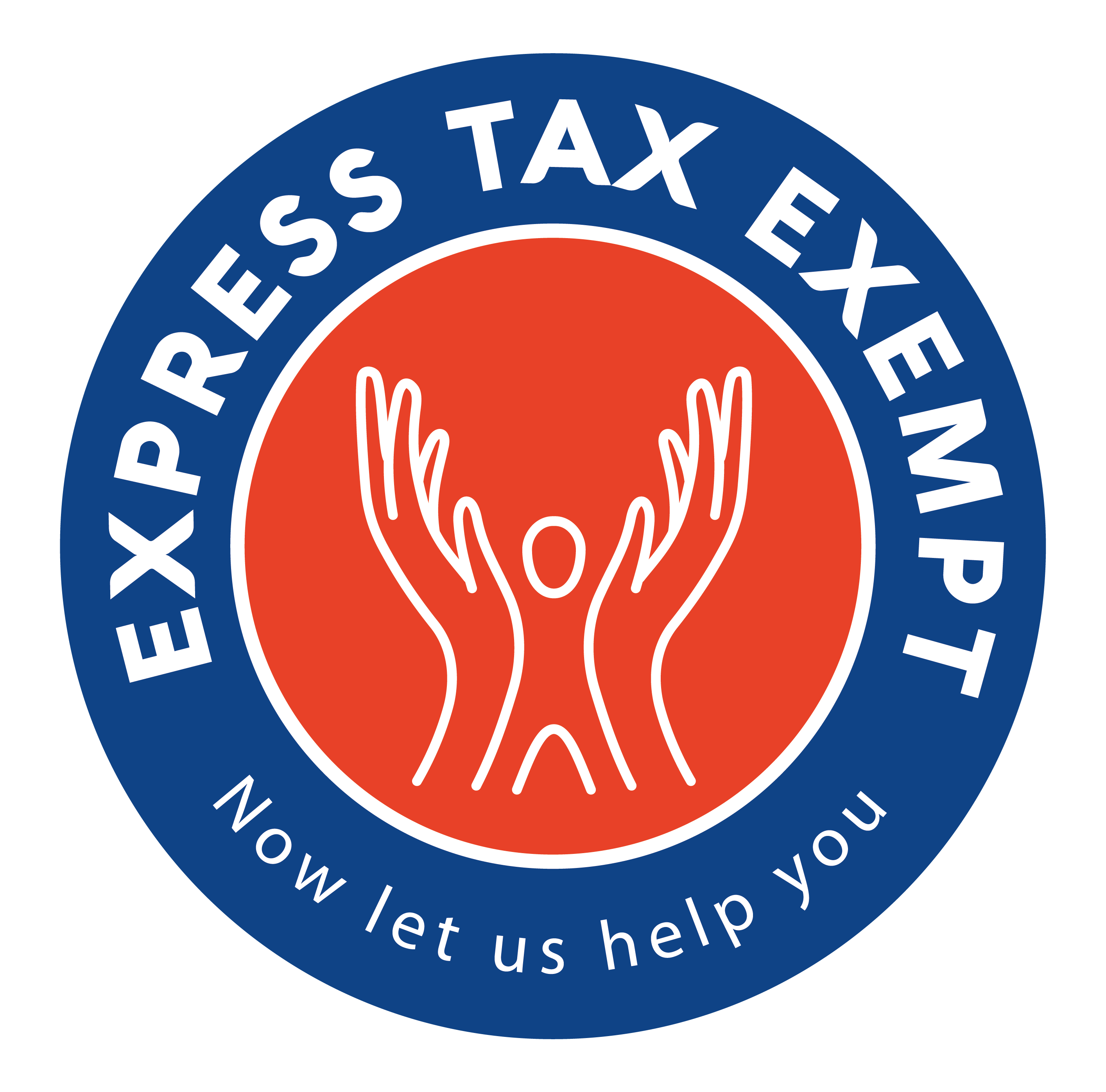Private Foundations
In the recent blog, “Public Charity Test,” we mentioned briefly how Private Foundations have more regulations than Public Charities along with paying a tax on investment income. But that was just a small tidbit about the differences between private foundations and public charities. All exempt organizations listed under section 501(c)(3) are considered private foundations until they can prove they qualify for public charity status.
The main difference between a private foundation and a public charity is donor control, that’s it. If your organization operates as a private foundation, then you receive all of your funding from a single donor or a limited group of donors. These donors are usually just one person, a family, or a corporation, but not the general public.
Generally, private foundations have about four sub-categories:
- Traditional – This is your most common type of private foundation. It may be fully funded by an endowment, or receive funding annually by its donor. The main function of a traditional private foundation is typically to produce grants.
- Pass-Throughs or Conduits – These types of private foundations keep their donor’s contribution under lock for a short amount of time. The contribution from the donor, and any acquired income with it, is dispersed after the end the tax year in which the contribution was made – usually within two months.
- Operating – An operating, private foundation works like a public charity in which it has its own charitable activities such as a museum or library; however, that doesn’t make it a public charity – remember about donor control. The only difference with an operating, private foundation is that engages more in working programs than grants.
- Pooled Common Funds – Both the donor and donor’s spouse can annually choose the recipients of their funds. Generally, the recipients are public charities and even after the end of the donors’ lives, the funds still go to the charity that they have chosen.
Even if your organization has the word “foundation” in its name, that doesn’t mean that you operate as a foundation; it’s all about how you receive your donations. Usually, private foundations are privately created, funded, and managed by either a single person, a family, or a corporation.
Because of the donor control of private foundations, they do not rely on public donors for support; therefore, they are not under the same close, public examination as public charities are. One thing you can bet that private foundations and public charities have in common is both of their tax returns are due on the 15th day of the 5th month after the end of the tax period.
Select your organization status in Schedule A and complete the rest of your tax return form with Express990. We support Form 990, 990-EZ, and 990-N (e-Postcard), and we offer a safe, secure, and accurate e-filing process that will save you time and money.
For any assistance with e-filing our available 990 forms, you can contact our live professionals by phone (704-839-2321, Monday through Friday from 9am to 6pm, Eastern Standard Time), by email ([email protected]), or by live chat (www.expresstaxexempt.com).




